Bahawalpur boasts of housing Tipu’s sword
City museum’s galleries comprehensively chronicle Pakistan Movement
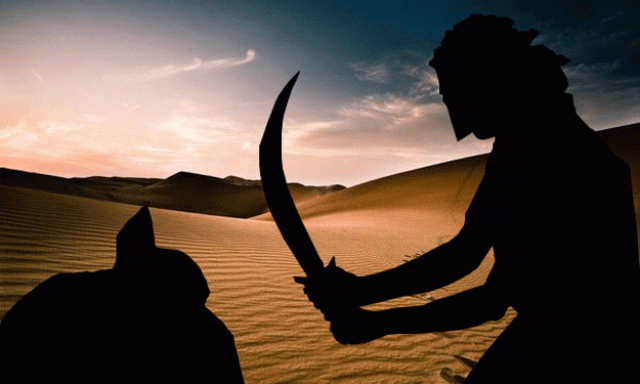
The second largest museum of Punjab is located in Bahawalpur.
This was stated by the Director of the Bahawalpur Museum, Muhammad Zubair Rabbani, while talking to The Express Tribune.
He said that Nawab Sir Sadiq Khan Abbasi V established a museum in Sadiq Garh Palace at Dera Nawab Sahib in 1926 where coins of different periods and countries, stamps, medals, swords of Nadir Shah and Tipu Sultan, local products, handicrafts, many objects and artefacts are exhibited. The charge of the Sultani Museum was given by the Nawab of Bhawalpur to his crown prince. Nawabs, their families, foreign dignitaries and official and personal guests were allowed to enter this royal museum. Sir Sadiq Khan Abbasi constructed a zoo in Bahawalpur in 1940 to provide entertainment to the public. A museum has also been set up in this zoo which houses stuffed animals and birds and many other items. This museum is still present in Bahawalpur Zoo.
The director of the museum said that Hakra civilization was born in Bahawalpur region around 5,000 years ago around the passage of the River Hakra. The archeology of Bahawalpur is a grand monument to human civilization. Bahawalpur region has been an important centre of Punjabi, Sindhi, Seraiki, Balochi, Bikaneri and desert cultures in terms of geography. A museum was established here in 1976, keeping in mind the geographical, historical and cultural background of Bahawalpur.
Its galleries and artefacts continued to increase with the passage of time and after the completion of the development plans of the museum in the year 2022, the number of galleries has now increased to 12 while the number of antiquities is more than 5,000. These galleries include Bahawalpur Sections, Tehreek-e-Pakistan Gallery, Islamic Arts Gallery, Archeology Gallery, Coins and Medals Gallery, Regional Culture Gallery, Parchat Gallery, Manuscripts and Calligraphy Gallery, Cholistan Children Section and Model Making Gallery.
Muhammad Zubair Rabbani said that the nearly two-hundred-year-old struggle for a separate homeland for the Muslims of the subcontinent had been displayed in Tehreek-e-Pakistan Gallery in the form of pictures.
The events and circumstances of the establishment of Pakistan had been highlighted in a systematic manner, taking into account the sequence of events and chronological order while the Islamic Art Gallery had arts and crafts of the 18th century. The gallery has items and clothes made from camel skin and ivory, jewelry and variety of artifacts made from camel skin and ivory, clothing and a variety of artefacts made of thread.
A large part of the gallery displays spears, shields, swords, daggers, armour, guns and cannons used by Muslims to commemorate the conquests and wars of Muslims. A collection of wood and copper carvings is also available in the same gallery. The archeology gallery of the museum includes pre-Islamic artefacts divided into prehistoric, Gandharian art and Hindu art. Local handicrafts of South Punjab, Bahawalpur and Cholistan are presented in Regional Culture Parchat Gallery.
A gallery named Bahawalpur was established to pay tribute to Sir Sadiq Khan Abbasi, the last Nawab of Bahawalpur State, which highlights the events and glory of the state in a different way.
Published in The Express Tribune, January 23rd, 2023.

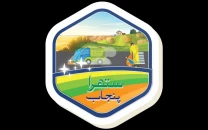
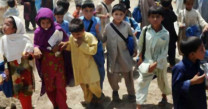
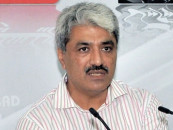
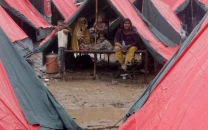
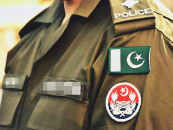













COMMENTS
Comments are moderated and generally will be posted if they are on-topic and not abusive.
For more information, please see our Comments FAQ